In 2019, the Islamabad real estate market exhibited variations in property buying trends in a unique manner. Here, the investment activity continued in selective housing societies and parts of the city that had room for further growth in rates due to on-going development work.
This activity was even more prominent in projects featuring smaller property units that had Federal Board of Revnenue (FBR) valuation rates (notified for the purpose of tax collection) lower than PKR 5 million. At the same time, developed societies remained relatively stable due to their demand among genuine buyers.
In addition, the civic authorities in Islamabad and Rawalpindi seemed to be more eager to implement building bylaws, remove encroachments, update the master plan for both cities, and to make the cities cleaner, greener and more organised as per the directives given by the Supreme Court of Pakistan.
At the same time, the announcements that several new infrastructure projects are going to be constructed soon, and that work would be resuming on the development of exisiting ventures, has provided investors with some valid reasons to vouch for certain projects and areas in the city. Based on the manner in which developers, property dealers and investors responded to changing market dynamics back in 2019, it is evident that the real estate satakeholders in Islamabad weren’t ready to give in.
A review of Islamabad’s real estate market will show you exactly what happened.
Most Popular Areas for Buying Residential Plots
The Defence Housing Authority (DHA) projects in Islamabad recorded the highest number of searches among people looking at residential plots on Zameen.com during 2019. While many would have expected that a rise in popularity would also lead to a rise in prices of these units; things did not exactly turn out that way. The property rates instead stayed stable, depicting only a marginal rise in values of 10-marla and 1-kanal plots.
The housing society that was amongst the highest searched projects on Zameen.com and that actually exhibited a rise in property values was Gulberg Residencia. Here, the average value of 5-marla and 10-marla residential plots rose by 20% each, while the price rise recorded for a 1-kanal plot was 18%. This activity was a result of various reasons, including the developer’s decision to focus on completing development work in the society in a timely manner. For this purpose, the project developer managed to resolve litigation issues in order to get possession of land in various blocks. Furthermore, the developer ensured that possession of plots was handed over to property owners as soon as a block or lane had been completely developed. These actions explain the steady demand and the consequent rise in property value in this particular housing society.
The third highest searched housing society was Bahria Enclave. Property owners here faced some problems in 2019 due to encroachment issues. Seemingly, the developer voluntarily agreed to handover land to the Capital Development Authority (CDA) for which it had submitted a layout plan back in 2005. Nonetheless, the fact that property rates here didn’t plunge but instead increased (although only marginally), and that the investors held on to their investments, showed that their confidence in Bahria Enclave is still intact.
At the fourth and fifth spot, we had B-17 and TopCity-1. The developers of these two societies enjoy a strong network of dealers and investors, who they keep involved with sound investment prospects by launching new inventory systematically.
Furthermore, due to both societies currently being in the development stages and located in Zone II near the Islamabad International Airport, property rates here are currently much lower than their optimum market value, and investors seemed to be well aware of it. Given that the market had fared well like it did prior to the introduction of the new tax regime in July 2016, prices here could have increased at a much higher rate. Nevertheless, the figures recorded in 2019 were not ignorable.
Most Popular Areas for Buying Houses
It has long been understood that hardcore investors usually don’t opt for properties that have already been built; those interested in purchasing houses are mostly end users and sometimes those looking to make rental gains. This is the main reason that the top five most searched locations in 2019 were the established, developed and accessible societies and sectors in the city. In the table above, you can see that a controlled yet gradual rise was recorded in the values of houses of various sizes in DHA, Bahria Enclave, Ghauri Town, G-13 and E-11.
Out of these societies/sectors, you will not find Ghauri Town in the list of top five areas among people interested in renting a house in Islamabad. In fact, the society is positioned lower in the list at No. 12. That’s probably because it only has a limited number of options available for houses bigger than 5-marla. The table shows that it is the cheapest society on Islamabad Expressway for purchasing 5 marla houses, which explains its high demand amongst investors.
Most Popular Areas for Renting Houses
We don’t have Bahria Enclave in the list of top five most searched societies for renting a house in 2019. Plus, if you look closely at the table above, the top results are societies/sectors located in close proximity to Rawalpindi. This essentially means that tenants not only find that these areas are appropriate for their daily commute, but that they are also friendly on their budget.
The rental yield is also higher for smaller units in DHA and CDA sectors. While tenants often don’t mind renting a portion (mostly the upper portion) of 10 marla and bigger units, rental price shared in the table above is for leasing the complete house. In addition, the rents of houses in these areas (except for I-8) are also comparable. Please note that a house that has a lower price but promises a higher rental income is deemed best for securing sound rental yield.
Most Popular Areas for Buying Apartments
If you have been following real estate-related developments in Islamabad, you must recall that several under-development apartment projects in the city were put on hold due to issues related to approvals. These projects had to be tailored according to the new building bylaws that had been introduced by the CDA in 2019, and many of them were even cancelled because the officials concerned found various violations that did not adhere to the authority’s regulations. However, recently it was announced that, as of February 2020, the CDA will be issuing NOCs to the previously cancelled projects after their developers have paid all requisite fines.
Due to the halt in construction activities, the buyers interested in acquiring apartments in the city had to pick projects that had not faced any NOC issues in 2019. While Islamabad (after Karachi) saw the addition of several new apartment projects last year, the end users had to go for established projects; explaining why price appreciation was higher for apartments in certain areas than others. This is why price of apartments in G-15, despite being positioned at the third spot, experienced the highest appreciation at 37.5%, 36.36% and 33.33% for 1, 2 and 3-bedroom units, respectively.
Most Popular Areas for Renting Apartments
Islamabad and Rawalpindi are home to a huge number of people who originally belong to other parts of the country. Therefore, the demand for apartments is pretty high, which is also one of the reasons why many new mixed-use projects were launched in the two cities last year. Tenants, however, always pick established and well-managed projects, which explains why E-11, DHA, G-11, F-11 and F-10 were the most searched areas for buying apartments in 2019.
If you compared the amount of rent charged for flats and homes in Islamabad, you will notice that there is stark difference between the two values. The same can be said when we compare the market prices of apartments and houses. However, what truly sets apartments apart are the rental yields they may offer, which may go up even higher for 1 and 2-bedroom apartments.
These numbers clearly indicate that as soon as there is clarity on building bylaws for high-rise projects, Islamabad will become the next hotbed for developers looking to make efficient use of land by focusing on vertical constructions in the future.
Final Analysis
The apex court has been pretty active in exercising its role to retain Islamabad’s beauty as per the city’s original plan formed in the 1960s. It wants departments and authorities concerned to follow the guidelines issued back then for future planning of the city. For this purpose, work is underway to form a new master plan. This involves crafting new bylaws to stop haphazard expansion in the city’s boundaries, while keeping environment factors in mind.
Once this process is completed, we will be able to see a systematic approach in the construction and development of real estate projects. Savvy investors and developers already know that vertical is the best way for Islamabad to expand. However, before that happens, it made sense for people to invest in undervalued projects like they did in 2019. In fact, due to careful market study and meticulous analysis of risk and reward factors, Islamabad’s investors managed to make considerable short term gains during the year — a trait that was missing in the property markets of other cities in the country.
Expecting these investors to ignore the long-term impact of on-going and planned infrastructural developments in the city’s real estate market would be unrealistic. Moreover, these changes in Islamabad are in turn expected to have an impact on rejuvenating demand for property in Rawalpindi in 2020. The planned development of Rawalpindi Ring Road and Leh Expressway are two of the most prominent projects in the city that are expected to have a lasting impact on local real estate buying trends.
While the twin cities continue to grow in terms of infrastructure development, there is also a growing need to attend to issues like water shortages. In this regard, the authorities concerned have already begun the construction of several mini dams, and initiated the work required to lay new water lines to meet the city’s water demands. They have also commenced a drive to stop water theft. We hope that the new master plans for Islamabad and Rawalpindi will make it mandatory for housing schemes and building developers to recycle water, use renewable energy sources, and be more efficient with meeting the housing demand.
According to Zeeshan Ali Khan, CEO of Zameen.com, “On the whole, Islamabad’s real estate market has been dominated by two segments: the downtown, which is now more or less synonymous with the commercial hub of Blue Area, and then we have the real estate behemoths expanding over the periphery of the city, such as Bahria Town, Gulberg Islamabad and DHA Islamabad-Rawalpindi.”
While singling out Gulberg, he said, “The project has entered the Islamabad property market with full force. Its success can be attributed to the fact that it is a semi-government project that is being developed by the Intelligence Bureau — so there’s an unrivalled level of trust among buyers.”
“As the CDA is set to relax its construction by-laws for high-rises, which were previously very restrictive, developers are eyeing downtown areas for vertical expansion. Meanwhile, horizontal development is rapidly taking place in gated housing communities along the city’s major expressways. In my opinion, the latter option seems more practical. That’s one of the reasons why one of our own mega projects, Zameen Ace Mall, is being built in DHA Islamabad-Rawalpindi. The primary aim of the project is to promote the culture of mixed-use developments in the country, with a view to optimising available space,” he added.
“These factors, coupled with the capital’s impeccable reputation for providing its residents robust infrastructure, security, and a top-notch lifestyle, make Islamabad a veritable magnet for interested buyers and investors,” Khan concluded.
Moreover, he pointed out how Pakistan’s real estate was no longer a short-term market, thanks, in particular, to the revised taxation system.
“Sales activity may have slowed down a little bit in the past, but transactions have started to pick up. We’re headed in the right direction. Most deals involve genuine buyers and investors who are looking for homes or investment for a longer period. It’s no more about easy money; people are in it for the long haul.”
Khan also weighed in on the positive impact of the incumbent government’s measures that have helped attract foreign investors and developer groups to Pakistan. He cited the example of “Eighteen,” which is a joint venture of Egypt’s Ora Development Group and Pakistan’s Saif Group.
“The ongoing reforms have increased foreign direct investment. Like Eighteen, we can expect more international players entering the Pakistani real estate market in the coming years.”
While Khan appreciated the changes, he stressed the importance of improvement and regulation in the country’s property sector.
“Pakistan needs stronger regulation to bring stability and sustainability in the real estate industry. There is a huge demand from low-income groups that requires the attention of authorities,” he said.
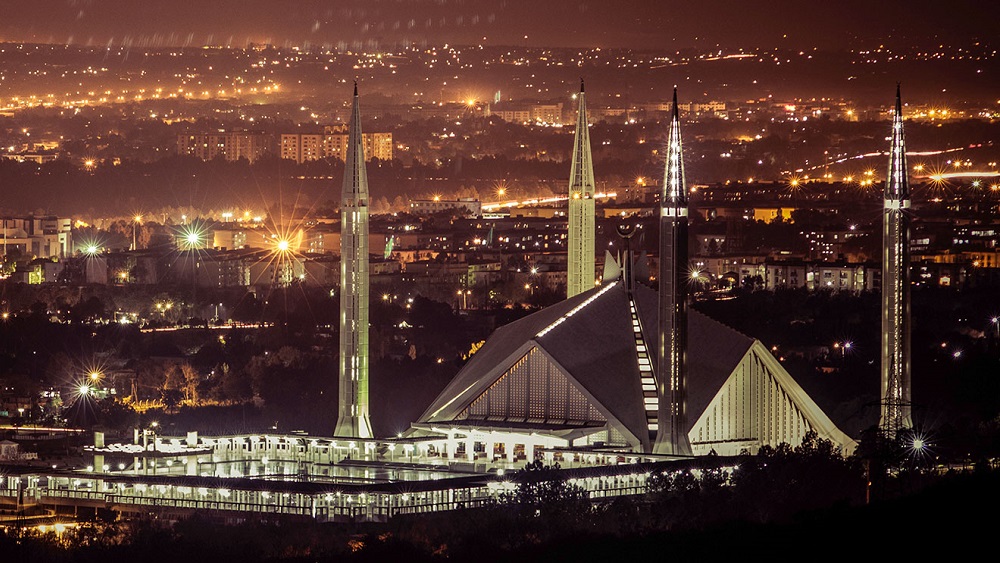
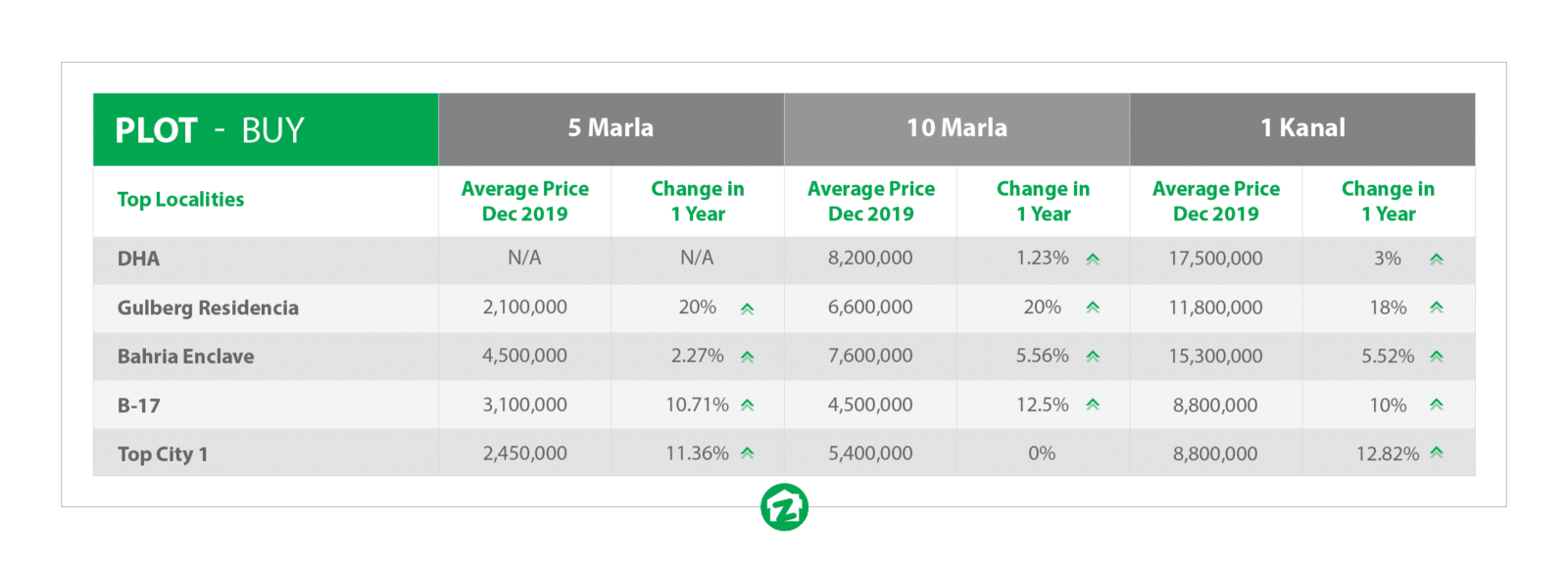
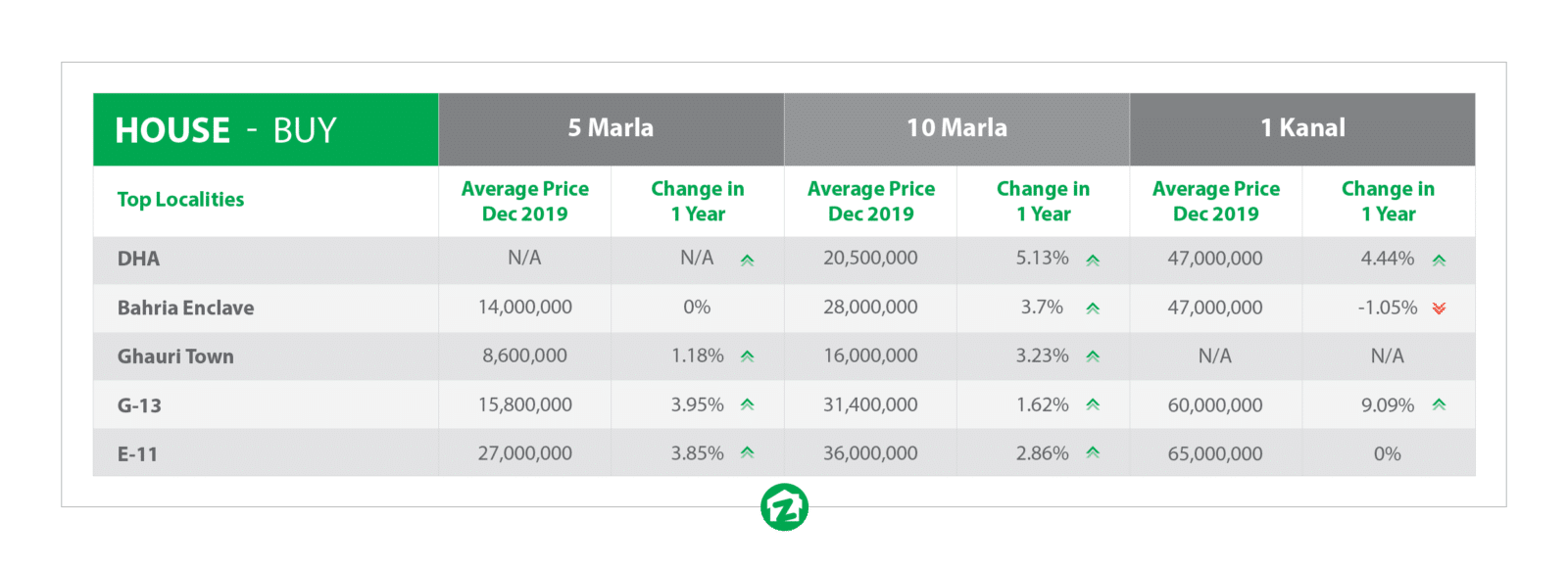
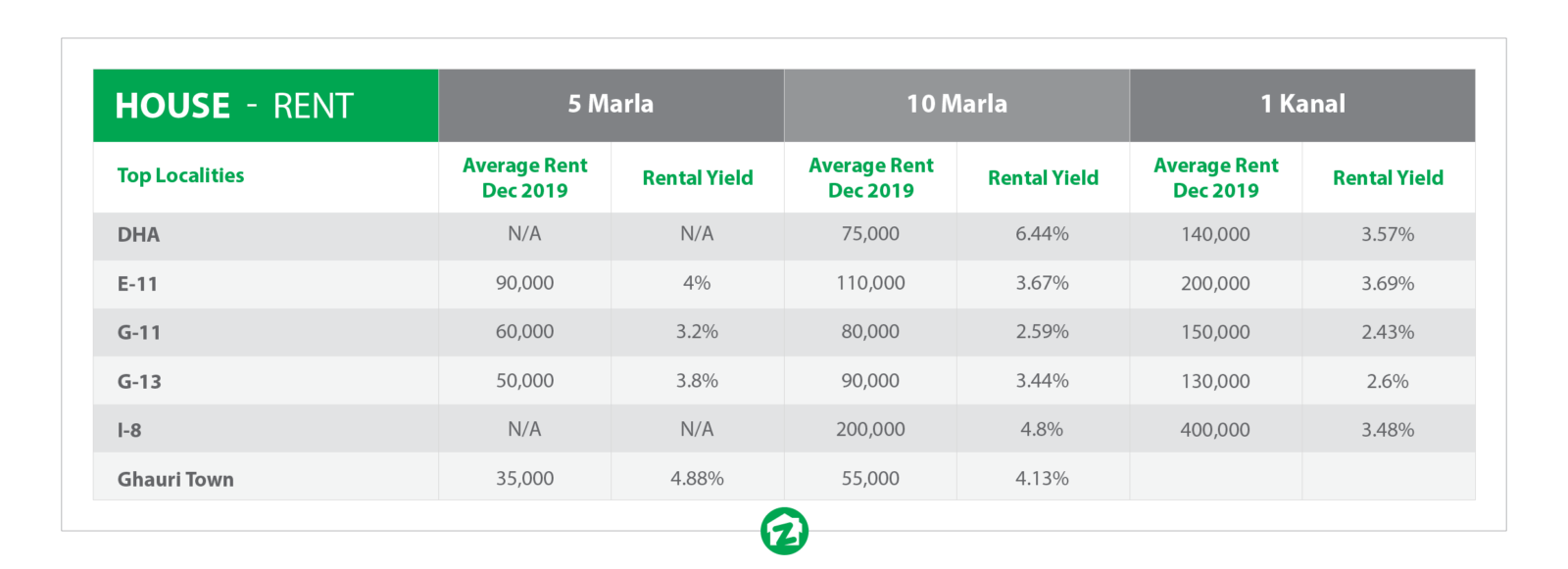
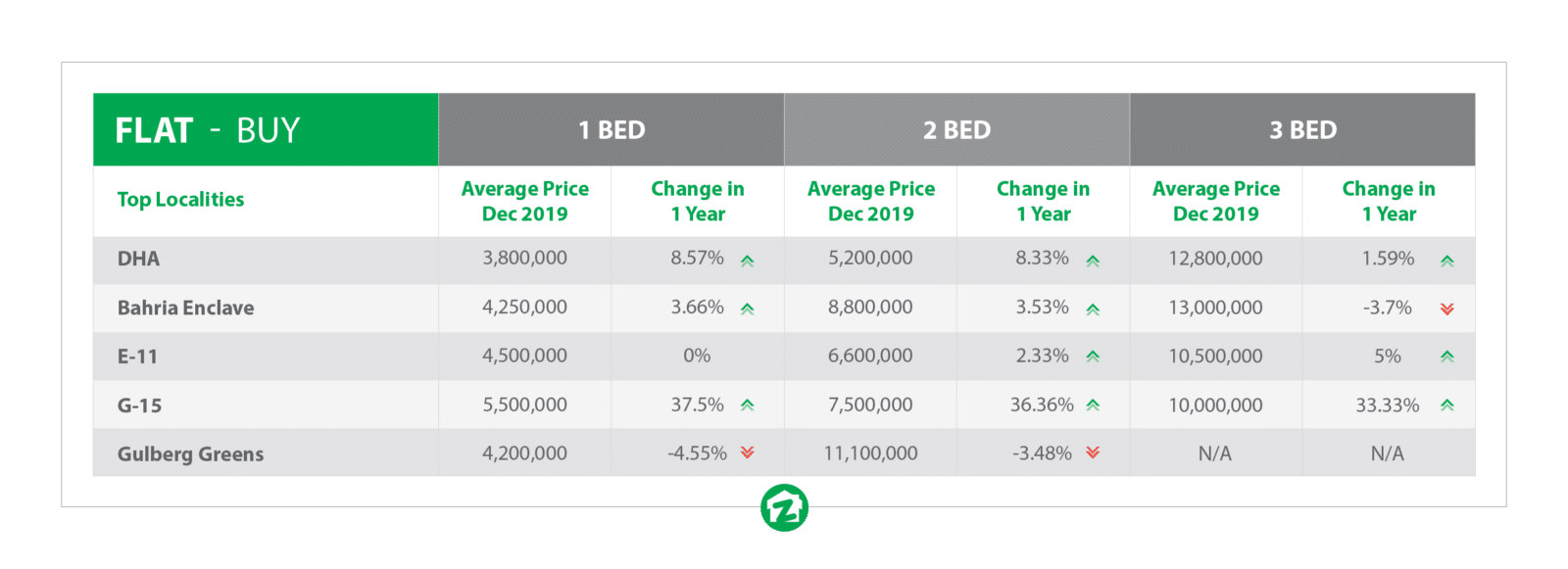
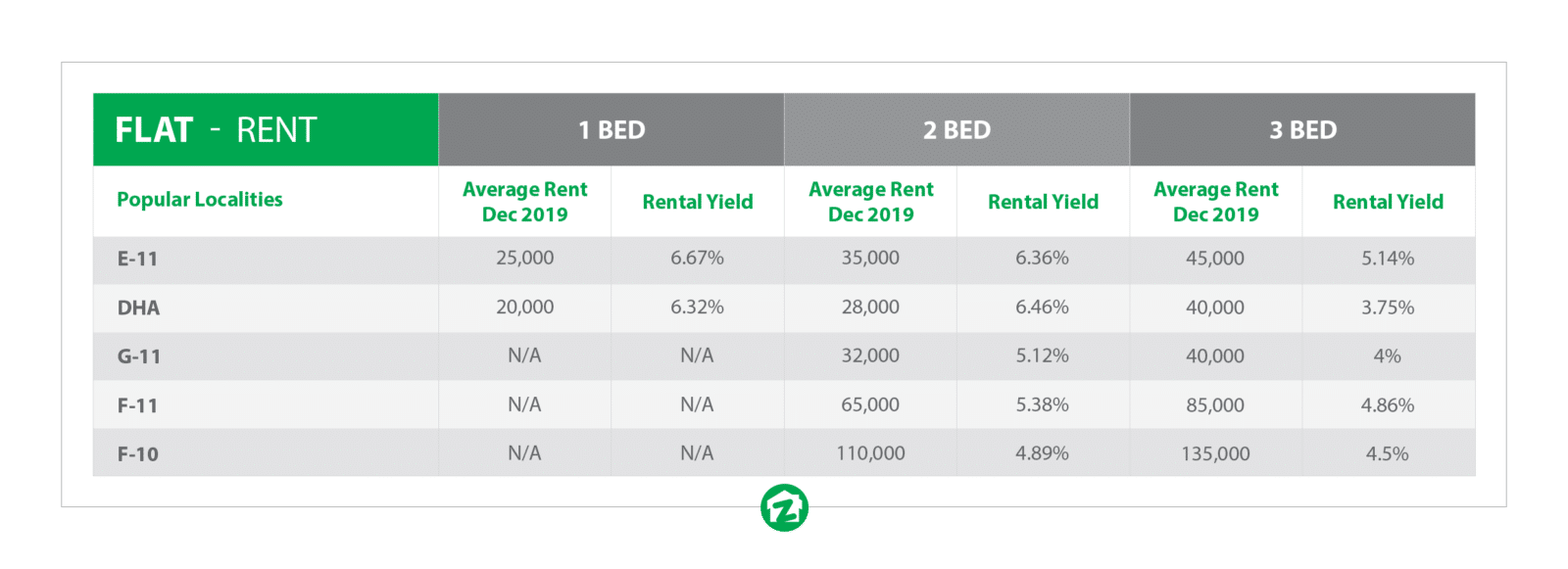

























Thank you for sharing this article with us. It was eye opening. I am currently in the market for a new family home but am looking for something a little closer to my children’s school in Sector I-13. Do you know of any nice housing developments in or around that sector. Thanks